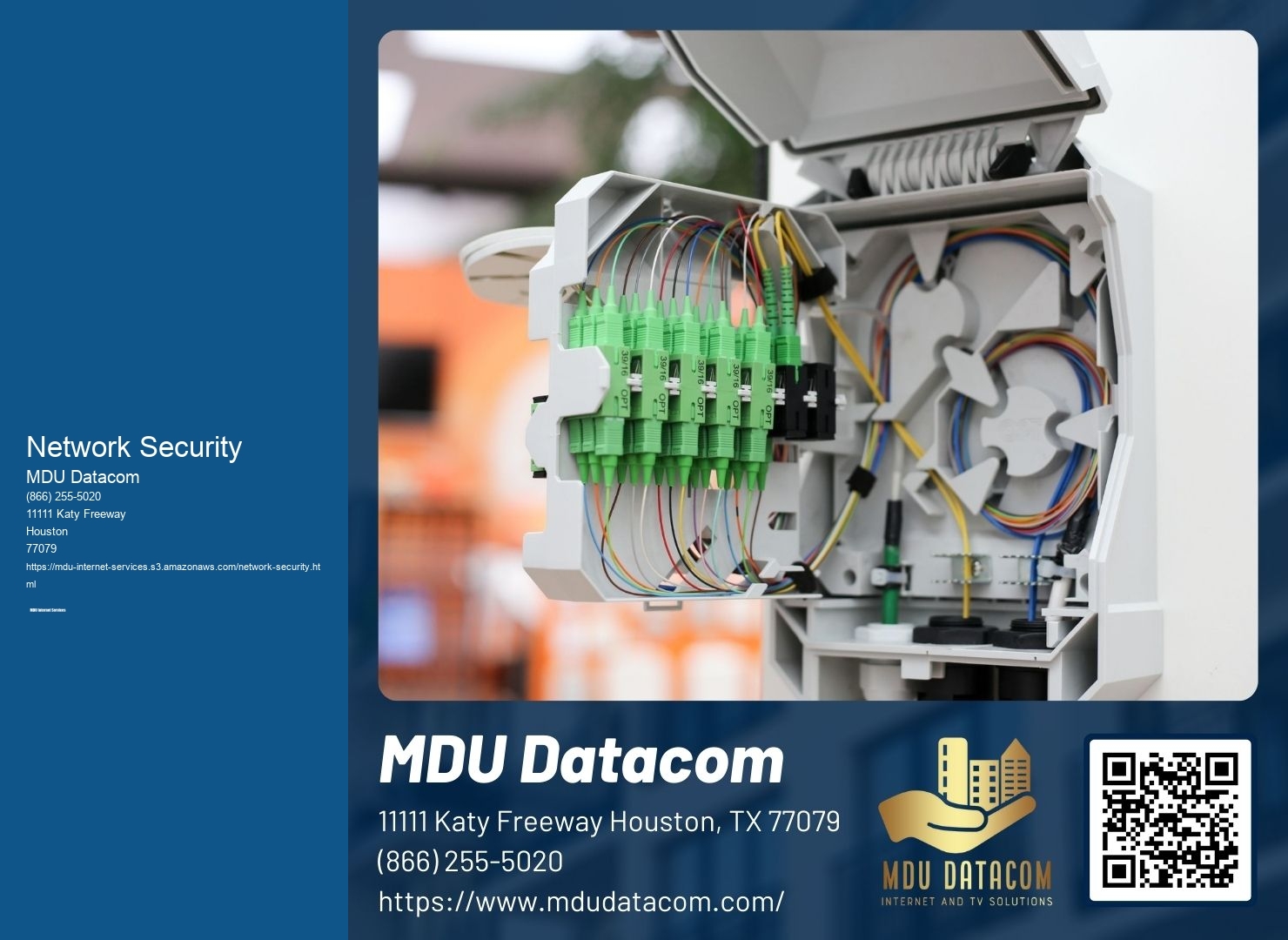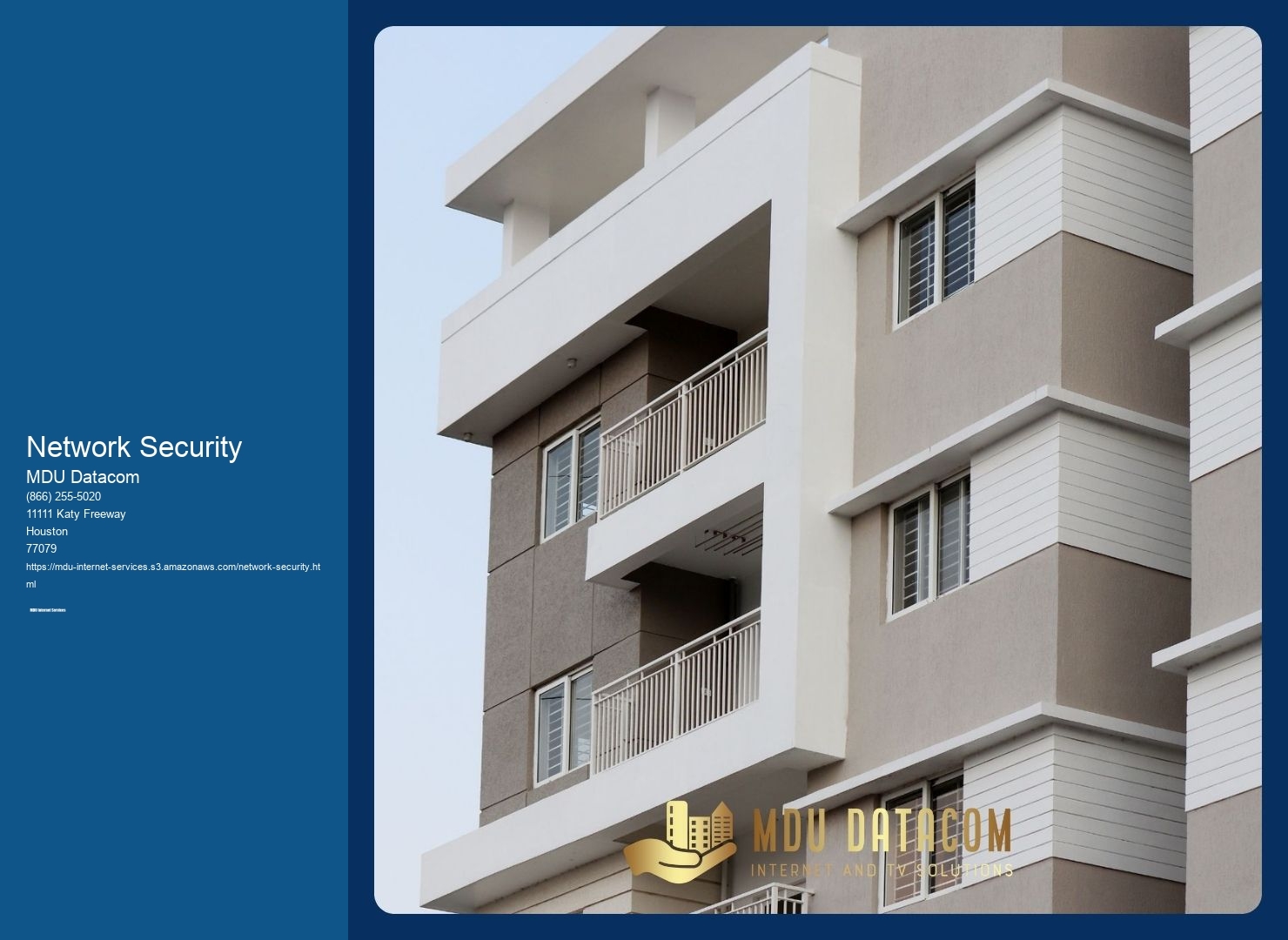

Symmetric and asymmetric encryption are two different methods used in network security to protect data during transmission. Symmetric encryption uses a single key to both encrypt and decrypt the data. This means that the same key is used by both the sender and the receiver. Asymmetric encryption, on the other hand, uses a pair of keys - a public key and a private key. The public key is used to encrypt the data, while the private key is used to decrypt it.
A firewall is a network security device that acts as a barrier between an internal network and the external network, such as the internet. It monitors and controls incoming and outgoing network traffic based on predetermined security rules. By examining the source and destination addresses, ports, and protocols of network packets, a firewall can determine whether to allow or block the traffic. Bulk Internet for Housing Complexes It protects against unauthorized access to a network by blocking malicious traffic, such as hacking attempts or unauthorized connections. It can also prevent certain types of network attacks, such as denial-of-service attacks, by limiting the number of connections or bandwidth available to specific IP addresses.
There are several common types of network attacks, including malware attacks, phishing attacks, denial-of-service (DoS) attacks, and man-in-the-middle attacks. To prevent these attacks, organizations can implement various security measures. For example, they can regularly update their software and operating systems to patch any vulnerabilities. They can also use antivirus and anti-malware software to detect and remove malicious software.

Intrusion detection systems (IDS) play a crucial role in network security by monitoring network traffic and detecting any suspicious or malicious activity. They analyze network packets and compare them against a database of known attack signatures or behavioral patterns. If an IDS detects any suspicious activity, it can generate an alert or take action to block the traffic. IDS can help identify and respond to various types of attacks, such as network scanning, unauthorized access attempts, or unusual traffic patterns. By detecting and responding to these threats in real-time, IDS can help prevent potential security breaches and protect the network from unauthorized access or data loss.
A virtual private network (VPN) ensures secure communication over a public network by creating a secure and encrypted connection between the user's device and the destination network. When a user connects to a VPN, their data is encrypted before it leaves their device and is decrypted when it reaches the destination network. This encryption prevents unauthorized access to the data while it is in transit. Additionally, VPNs use tunneling protocols to encapsulate the encrypted data within another protocol, making it difficult for attackers to intercept or tamper with the data. By routing the traffic through a VPN server, the user's IP address is also masked, providing an additional layer of privacy and security.

Securing wireless networks involves implementing several best practices to protect against unauthorized access and data breaches. One important practice is to change the default administrator passwords on wireless routers and access points to strong, unique passwords. It is also recommended to use Wi-Fi Protected Access 2 (WPA2) encryption, as it provides stronger security than older encryption protocols. Disabling the broadcasting of the network's SSID (Service Set Identifier) can also help prevent unauthorized users from discovering and connecting to the network. Additionally, implementing MAC address filtering, which allows only specific devices to connect to the network, can further enhance security.
Network administrators can detect and mitigate distributed denial of service (DDoS) attacks by implementing various measures. One approach is to use traffic monitoring tools that can detect abnormal traffic patterns, such as a sudden increase in traffic from a specific IP address or a high number of connection requests. These tools can generate alerts or automatically block the traffic from the attacking IP addresses. Network administrators can also use load balancers and content delivery networks (CDNs) to distribute the incoming traffic across multiple servers, making it more difficult for attackers to overwhelm a single server. Additionally, working with internet service providers (ISPs) to implement traffic filtering and rate limiting can help mitigate the impact of DDoS attacks. Regularly testing and updating the network infrastructure's security measures can also help ensure its resilience against DDoS attacks.
Internet Service Providers for Multi-Tenant Buildings
MDU, or Multiple Dwelling Unit, typically handles requests for internet service upgrades in older apartment buildings with outdated infrastructure by conducting a thorough assessment of the existing infrastructure and identifying the areas that require improvement. This assessment includes evaluating the wiring, cabling, and networking equipment in the building to determine the extent of the upgrades needed. Once the assessment is complete, MDU may employ various strategies such as rewiring, installing new networking equipment, or upgrading the existing infrastructure to ensure a seamless and efficient internet service. Additionally, MDU may collaborate with internet service providers to leverage advanced technologies like fiber-optic cables or wireless networks to enhance the internet connectivity in these older buildings. By employing these strategies, MDU aims to provide residents with faster and more reliable internet service, despite the challenges posed by outdated infrastructure.
Residents of MDU (multi-dwelling unit) internet services can indeed request priority access for specific online services or applications. With the increasing demand for high-speed internet and the proliferation of various online services, MDU providers understand the need for customized internet experiences. By prioritizing access to specific services or applications, residents can enjoy seamless streaming, gaming, or other online activities without any interruptions or latency issues. This prioritization can be achieved through advanced traffic management techniques, such as Quality of Service (QoS) protocols, which allocate bandwidth and prioritize certain types of traffic over others. Additionally, MDU providers may offer service plans that cater to specific online activities, allowing residents to choose packages that prioritize their preferred services or applications.
MDU (Multi-Dwelling Unit) ensures equitable internet access for all residents within a multi-family property by implementing various strategies and technologies. Firstly, they deploy fiber-optic cables, which provide high-speed and reliable internet connectivity to all units. Additionally, they install Wi-Fi access points strategically throughout the property to ensure seamless coverage in all areas. To further enhance accessibility, MDU may also offer multiple internet service providers (ISPs) to residents, allowing them to choose the provider that best suits their needs. Moreover, MDU may implement bandwidth management systems to ensure fair distribution of internet resources among residents, preventing any single user from monopolizing the network. By employing these measures, MDU ensures that all residents have equal and fair access to high-quality internet services within the multi-family property.
Yes, MDU does offer managed Wi-Fi services for property management companies. As a leading provider in the industry, MDU understands the unique needs of property management companies when it comes to Wi-Fi services. They offer a comprehensive range of managed Wi-Fi solutions that are specifically designed to meet the demands of multi-dwelling units. These services include installation, maintenance, and support for Wi-Fi networks, as well as advanced features such as guest access, bandwidth management, and security protocols. With MDU's managed Wi-Fi services, property management companies can ensure that their residents have reliable and high-speed internet connectivity, enhancing the overall living experience in their properties.
When it comes to streaming quality or resolution with MDU internet services, there may be certain limitations to consider. These limitations can vary depending on factors such as the specific MDU internet provider, the type of internet connection being used (e.g., fiber optic, cable, DSL), and the package or plan chosen by the customer. Some MDU internet services may offer different tiers or levels of service, each with its own maximum streaming quality or resolution. For example, a basic package may only support streaming in standard definition (SD), while a higher-tier package may allow for streaming in high definition (HD) or even ultra-high definition (UHD). Additionally, the overall bandwidth and network congestion can also impact streaming quality, especially during peak usage times. It is important for customers to review the details of their chosen MDU internet service and plan to understand any potential limitations on streaming quality or resolution.